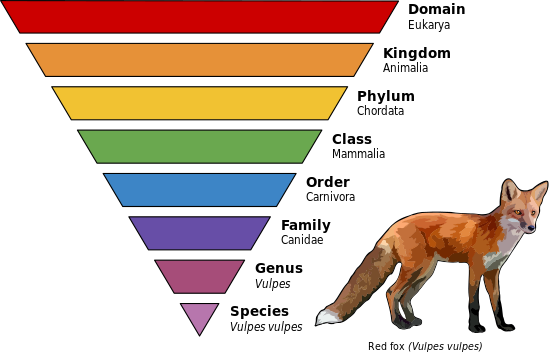BACTERIAL CELL
Bacteria are prokaryotic. The genetic material in their cells is not contained in a nucleus.Each bacterial cell uses energy, grows and develops, responds to its surroundings, and reproduces.
SHAPE OF A BACTERIAL CELL
Bacteria have three basic shapes: spherical, rodlike, or spiral. The shape of bacterial cell is determined by the chemical makeup of its outermost structure - the cell wall which is rigid and helps to protect the cell.
STRUCTURE OF A BACTERIAL CELL
Inside the cell wall is the cell membrane, which controls what materials pass into and out of the cell.
Inside the cell membrane, the cytoplasm contains a gel-like material. Ribosomes, the sites where proteins are produced, are located in the cytoplasm. The cell's genetic material, which looks like a thick, tangled string, is also located in the cytoplasm.
The genetic material contains the instructions for all the cell's functions, such as how to produce proteins on the ribosomes.
A flagellum is a long, whiplike structure that extends from the cell membrane and passes through the cell wall. A flagellum helps a cell to move by spinning in place like a propeller. A bacterial cell can have many flagella, one, or none. Most bacteria that do not have flagella cannot move on their own.
TWO KINGDOMS OF BACTERIA
Archaebacteria - Many live in extreme environments, such as: hot springs, intestines, sewage etc.
Eubacteria - Most do not live in extreme environments.
REPRODUCTION IN BACTERIA
When bacteria have plenty of food, the right temperature, and other suitable conditions they thrive and reproduce frequently.
Asexual Reproduction
Bacteria reproduce by binary fission, a process in which one cell divides to form identical cells. Asexual reproduction is a reproductive process that involves only one parent and produces offspring that are identical to the parent. In binary fission, the cell first duplicates its genetic material and then divides into two separate cells. Each new cell gets its own complete copy of the parent cell's genetic material as well as some of the parent's ribosomes and cytoplasm.
Sexual Reproduction
Sexual reproduction called conjugation, involves two parents who combine their genetic material to produce a new organism which differs from both parents. During conjugation one bacterium transfers some of its genetic material into another bacterial cell through a thin, threadlike bridge that join the two cells. After the transfer, the cells separate. Conjugation results in bacteria with new combinations of genetic material.
OBTAINING FOOD
Some bacteria are autotrophs and make their own food. Autotrophic bacteria make food in one of two ways: by capturing and using the sun's energy as plants do or by using the energy from chemical substances in their environment.
Some bacteria are heterotrophs - they obtain food by consuming autrophs or other heterotrophs.
RESPIRATION
Respiration is the process of breaking down food to release its energy.
Most bacteria need oxygen to break down their food, but a few kinds of bacteria do not need oxygen for respiration.
ENDOSPORE FORMATION
Some bacteria can survive harsh conditions by forming endospores which are small, rounded, thick-walled, resting cells that form inside a bacterial cell. They contain the cell's genetic material and some of its cytoplasm.
BACTERIA IN THE LIVING WORLD
Bacteria are involved in fuel and food production as well as in environmental recycling and cleanup. However, some bacteria do cause diseases and other harmful effects.
Fuel
The archaebacteria that live in oxygen-free environments, such as the thick mud at the bottom of a lake or swamp, produce a gas called methane.
Food
The activities of helpful bacteria produce, cheese, yogurt, apple cider, olives and sauerkraut. But some bacteria cause food to spoil when they break down the food's chemicals.
Environmental Recycling
Heterotrophic eubacteria which live in the soil, are decomposers - organisms that break down large chemicals in dead organisms into small chemicals and then return basic chemicals to the environment for other living things to reuse. Other recycling eubacteria live in swellings on the roots of some plants, such as peanuts and soybeans. There, they convert nitrogen gas from the air into nitrogen compounds that the plants need to grow.
Environmental Cleanup
Some bacteria help to clean up Earth's land and water. Scientists have put these bacteria to work cleaning oil spills in oceans and gasoline leaks around gas stations.
 |
| source: CNN |
Health
An antibiotic is a chemical that can kill bacteria without harming a person's own cells.
 |
| Source: Young scientist journal |



